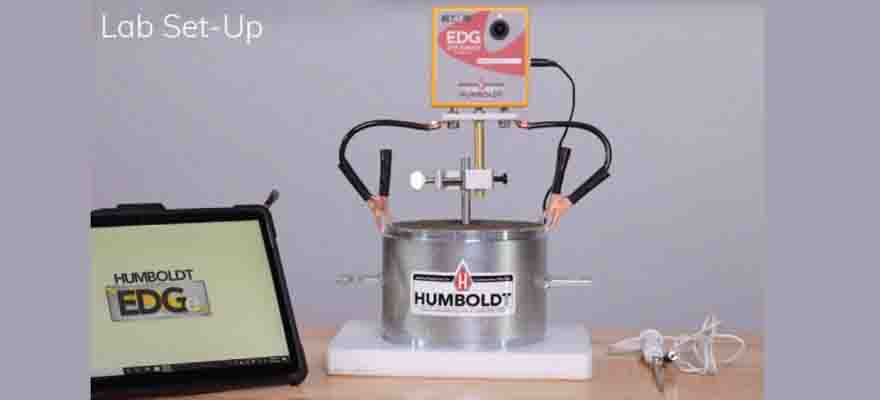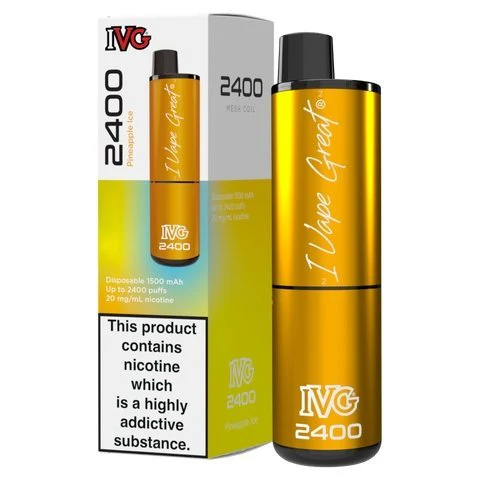Every successful construction project begins with solid preparation, accurate site assessments, and continuous quality control. Field testing equipment plays a critical role in ensuring that construction materials and ground conditions meet design and safety standards. Without the right tools on-site, errors can go unnoticed, leading to costly delays or structural failures. Whether you’re building roads, bridges, commercial buildings, or residential projects, having essential field testing equipment at your construction site is non-negotiable. Here’s a breakdown of what you must have to ensure success.
Soil Strength Testing: Field CBR Equipment
One of the most fundamental assessments on any construction site is soil testing. Understanding the bearing capacity of the soil helps determine whether the ground can support the intended structure. The Field CBR (California Bearing Ratio) testing set is indispensable for this purpose.
The Field CBR set is a straightforward yet highly effective tool for evaluating subgrade strength, particularly for roadworks, pavements, and foundations. Its portability and accuracy make it a must-have for construction teams that need immediate, on-site results to validate soil conditions before proceeding with heavy work.
Underground Utility Detection: GPR Survey Equipment
Before any digging or excavation begins, it is crucial to detect hidden utilities like gas lines, water pipes, and electrical cables. Conducting a GPR Survey (Ground Penetrating Radar) allows contractors to map underground utilities safely and accurately.
GPR surveys prevent accidental utility strikes, which could not only delay projects but also pose significant safety hazards. By integrating GPR services into your construction workflow, you protect both your workers and your budget from unexpected complications.
Structural Health Monitoring: Vibration Monitoring Equipment
Construction activities like piling, blasting, or nearby traffic can cause vibrations that may impact surrounding structures. Monitoring these vibrations is crucial for maintaining site safety and avoiding claims from neighboring properties.
Modern Vibration Monitoring Equipment provides real-time data on vibration levels. By installing sensors strategically around the construction site, project managers can ensure that vibrations remain within safe limits, thus preserving structural integrity and complying with regulatory guidelines.
Roadside Safety Installations: Crash Barrier Testing
When constructing roads or highways, ensuring proper roadside safety measures is vital. Reliable crash barriers help minimize vehicle impacts and protect drivers in case of accidents.
Partnering with certified Thrie Beam Crash Barrier Suppliers ensures that you source high-quality crash barriers that meet stringent safety standards. On-site inspection and testing of these installations further guarantee proper performance.
Similarly, for projects involving urban or highway development, collaborating with reputable W Beam Crash Barrier Suppliers ensures that your project maintains compliance with government safety norms while safeguarding lives.
Geotechnical Analysis: Geotechnical Modeling Software
Once field data is collected from soil testing, GPR surveys, or vibration monitoring, the next critical step is analysis. Here’s where Geotechnical Modeling Software becomes essential.
By feeding real-time field data into advanced modeling software, engineers can simulate soil-structure interactions, predict settlement behavior, and optimize foundation designs. Accurate modeling helps identify potential risks early, reducing the chances of costly redesigns or structural failures later in the project.
Key Features to Look For in Field Testing Equipment
When choosing field testing tools for your construction site, prioritize equipment with the following features:
- Portability: Equipment should be easy to transport and set up, especially on large or remote sites.
- Durability: Harsh weather conditions and rough handling demand rugged designs that can withstand the field environment.
- Accuracy: Precise measurements are critical for making informed decisions.
- Ease of Use: Tools that are intuitive reduce the risk of operator error and minimize training time.
- Data Connectivity: Many modern devices offer real-time data uploads and remote monitoring capabilities, boosting productivity.
For example, rugged Field CBR kits and portable GPR Survey devices are designed with field conditions in mind, offering long battery life, waterproof casings, and wireless data transfer.
Safety Considerations for Field Testing Equipment
Field testing isn’t just about accuracy—it’s also about safety. When using devices like Vibration Monitoring Equipment, ensure proper installation protocols are followed to prevent sensor damage or incorrect readings.
Similarly, when performing crash barrier inspections for products supplied by Thrie Beam Crash Barrier Suppliers or W Beam Crash Barrier Suppliers, technicians should always use proper protective gear and adhere to roadside safety regulations.
Operator training is key. Investing in comprehensive training sessions for your field teams ensures equipment is used correctly and safely, minimizing risks to both personnel and project timelines.
Conclusion
Equipping your construction site with the right field testing equipment is essential for maintaining quality, safety, and compliance. Tools like the Field CBR kit, Vibration Monitoring Equipment, GPR Survey services, and Geotechnical Modeling Software ensure that you have accurate, real-time data at every project phase.
Moreover, partnering with reliable Thrie Beam Crash Barrier Suppliers and W Beam Crash Barrier Suppliers guarantees that your safety measures meet the highest standards.
In the dynamic world of construction, having the right field testing tools isn’t just an advantage—it’s a necessity for delivering successful, safe, and sustainable projects.













